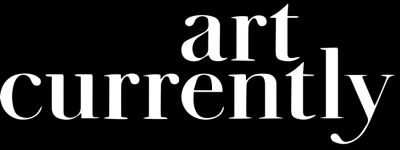Alberta Whittle's A Caribbean Haunting at Nicola Vassell Gallery
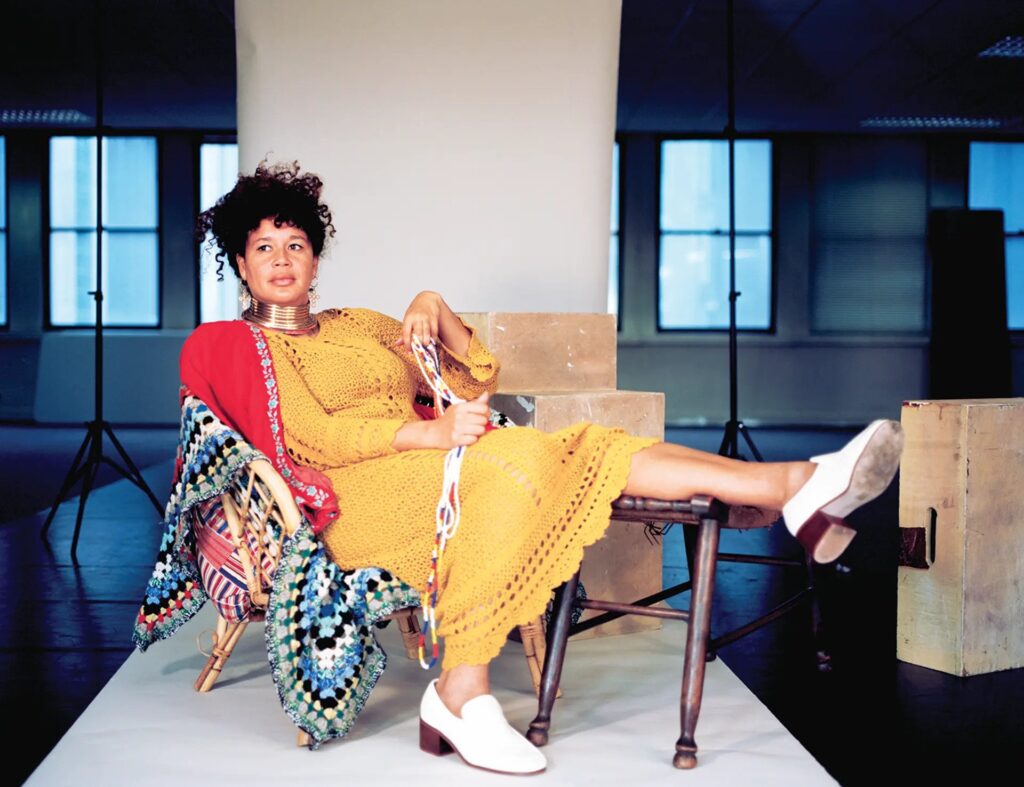
Following her enigmatic offsite Scottish pavilion presentation at Venice Biennale, Alberta Whittle shows at Nicola Vassell Gallery in a solo presentation of paintings, tuftings, and video work including RESET. Titled Respectability Won't Save You: A Caribbean Haunting, the exhibition is curated by Arianna Nourse.
Whittle, who was born in Bridgetown, Barbados in 1980, draws the audience into her artworks with a flutter of history about the Bajan people who traveled by horse to metropolitan Barbados beginning in the 1920s. Her forefathers left rural chattel dwellings with purpose and pride, ready to join a contemporary society where culture, class, and respectability equaled safety.
Gladstone Fitzroy Barker, Whittle's grandfather, was the force for her people's cultural traditions in order to command their safety in their new land of Barbados. "Follow the codes and nobody gets hurt," her aunts would often advise. Years later, and in a different country, Gladstone's granddaughter, Alberta Whittle challenges the cost of her forefather's appeal to "self contain."
Whittle's work incorporates aspects of her culture, such as the tufting artwork she creates. Tufting is an ancient method of manufacturing insulating clothes, particularly mittens. Following the completion of the knitting, short U-shaped loops of extra yarn are introduced through the cloth from the outside, with their ends pointing inwards. Whittle is able to create such beautiful artwork by employing this strategy.
Whittle's work has always been driven by a desire to show self-compassion and collective care as the most effective means of combating anti-blackness in today's culture. Her solo exhibition at Nicola Vassell Gallery embeds and summons a path of absorption, resistance, and healing for herself, her family, and anybody else forced to hide in order to survive.
Barker's family photographs are used as a point of departure in the project, transporting viewers from sophisticated Bridgetown to the unconstrained landscapes her forefathers condemned as too rustic.
Whittle portrays her family in elegant frocks, allowing her ancestors and their land to swaddle up slightly in shawls of hoodies, lace, and cowrie shells. By reaching beyond time and reconfiguring space, Whittle's artwork encompasses her people and her place as an alternate talisman for protection. The four blue and gold paintings on display move the characters ahead in an oceanic portal between imagined and lived worlds, escalating the stakes even higher.
The shaggy bear, one of four important Bajan characters connected with hybrid Tuk bands, shows a successful ascension over conventions, laws, and regulations by Whittle, her ancestors, and, by extension, the audience. Whittle offers her ancestors a place to shake demons within and without in 2022.
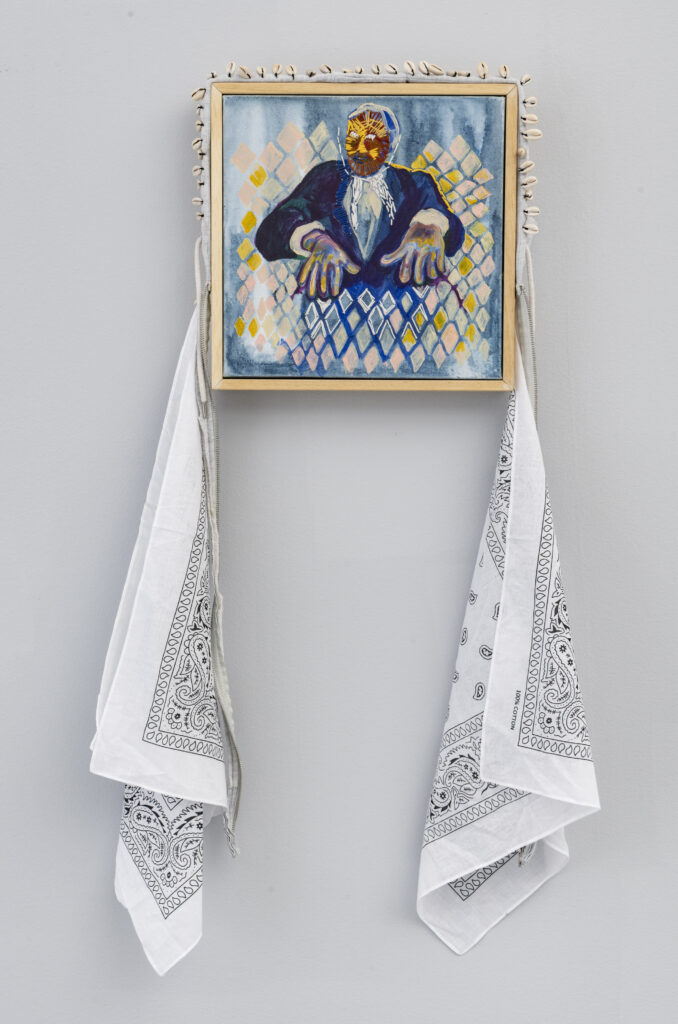
acrylic, cloth hoodie, thread, bandana, and cowrie shells on canvas
39 x 21 in (99.1 x 53.3 cm)
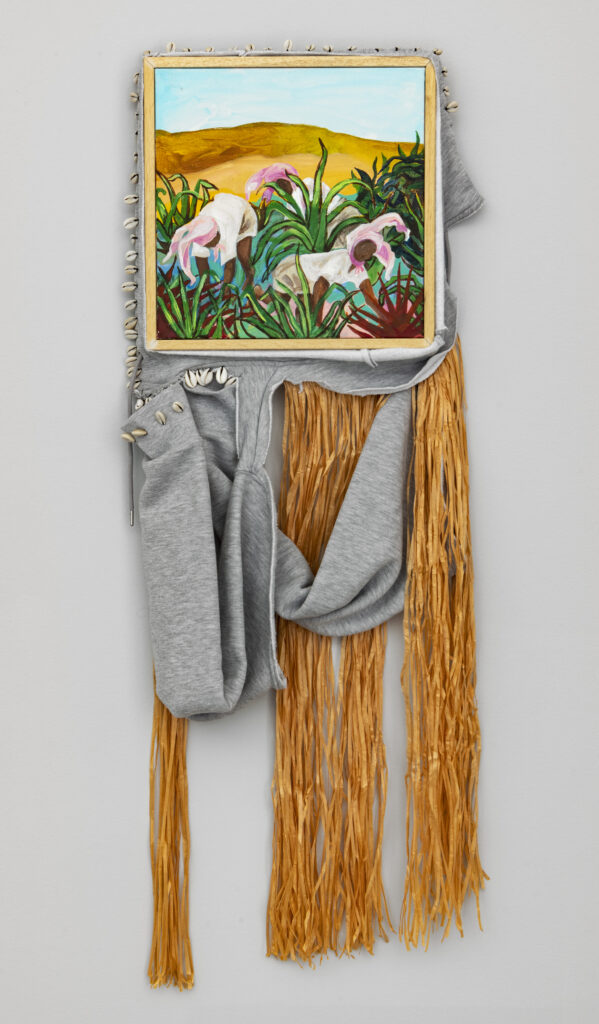
acrylic, cloth hoodie, raffia, and cowrie shells on canvas
42 x 16 in (106.7 x 40.6 cm)
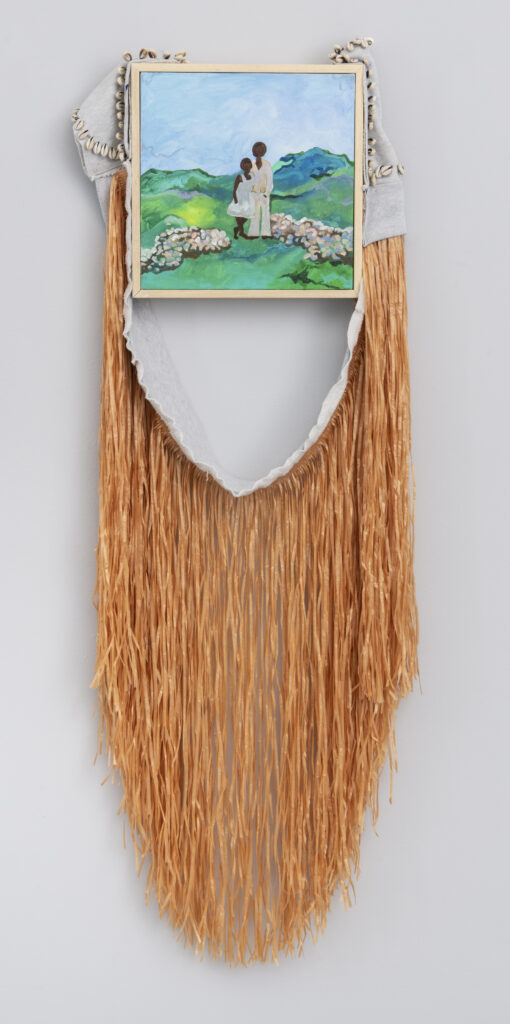
acrylic, cloth hoodie, raffia, and cowrie shells on canvas
53 x 18 in (134.6 x 45.7 cm)
